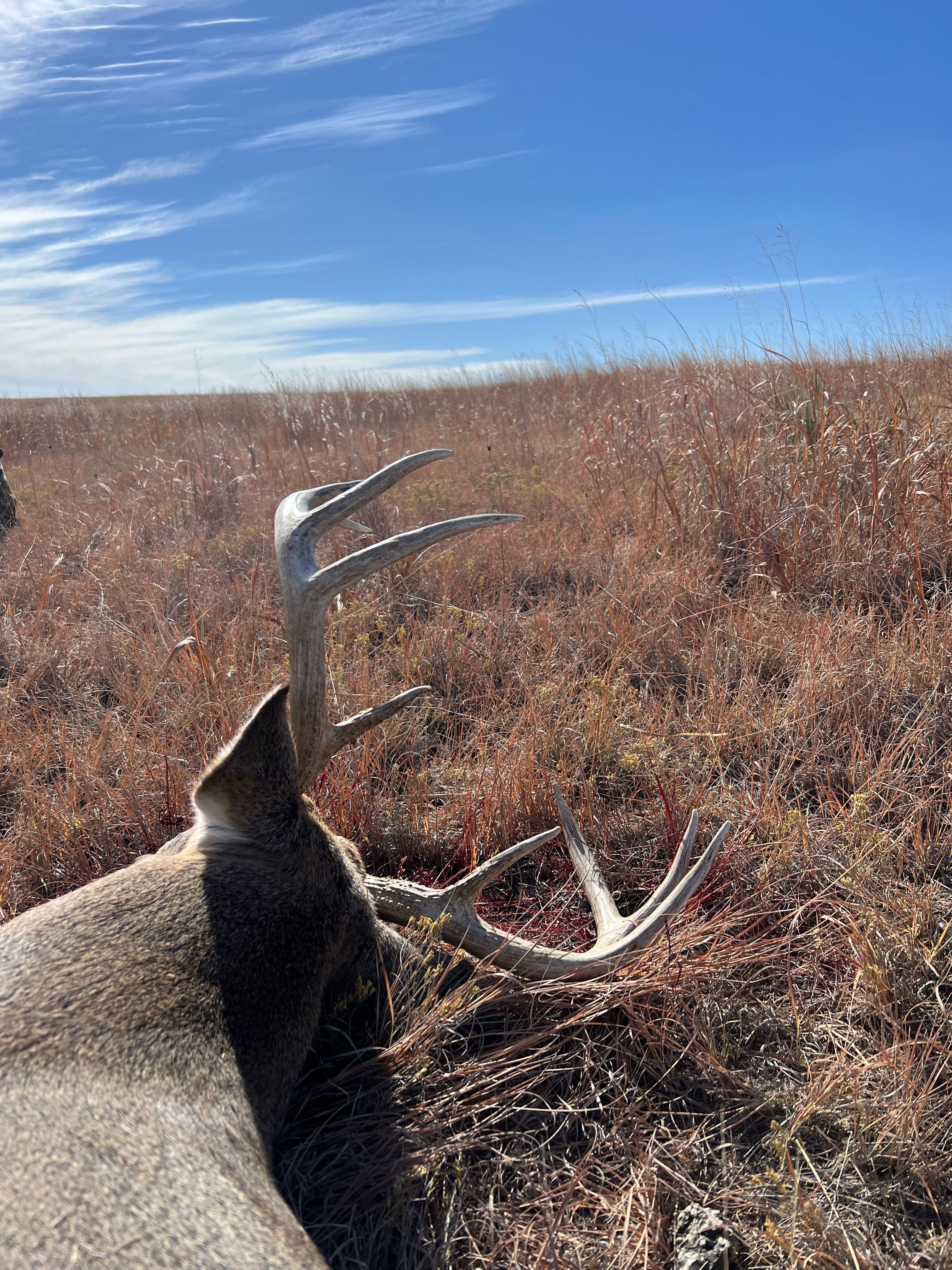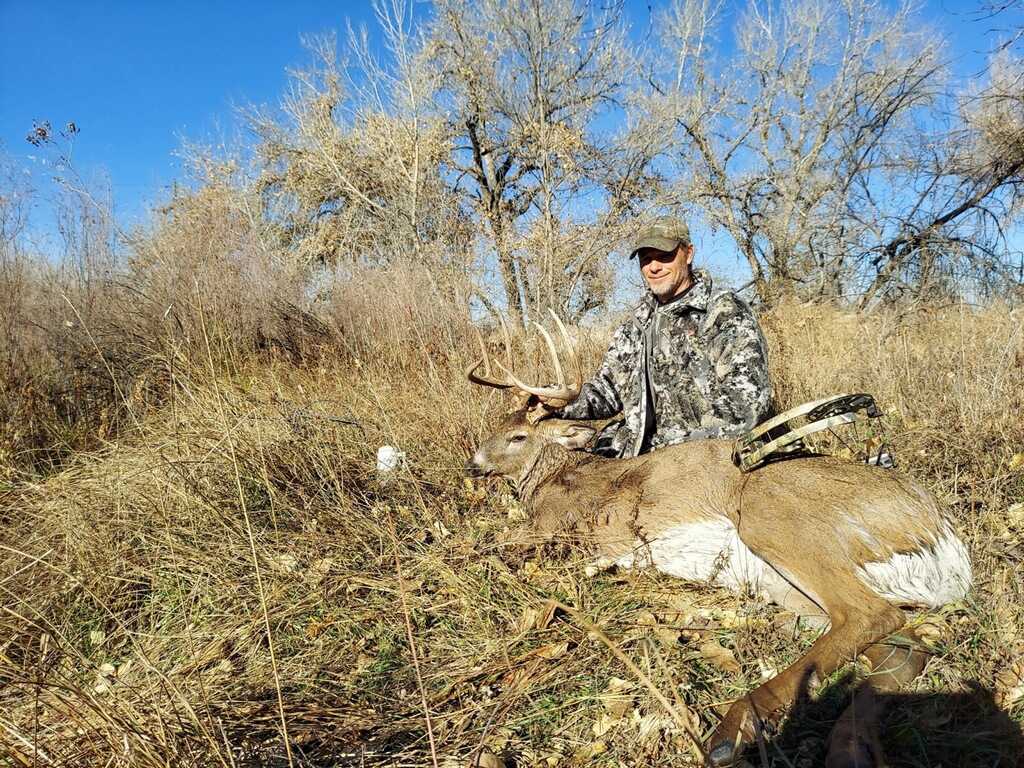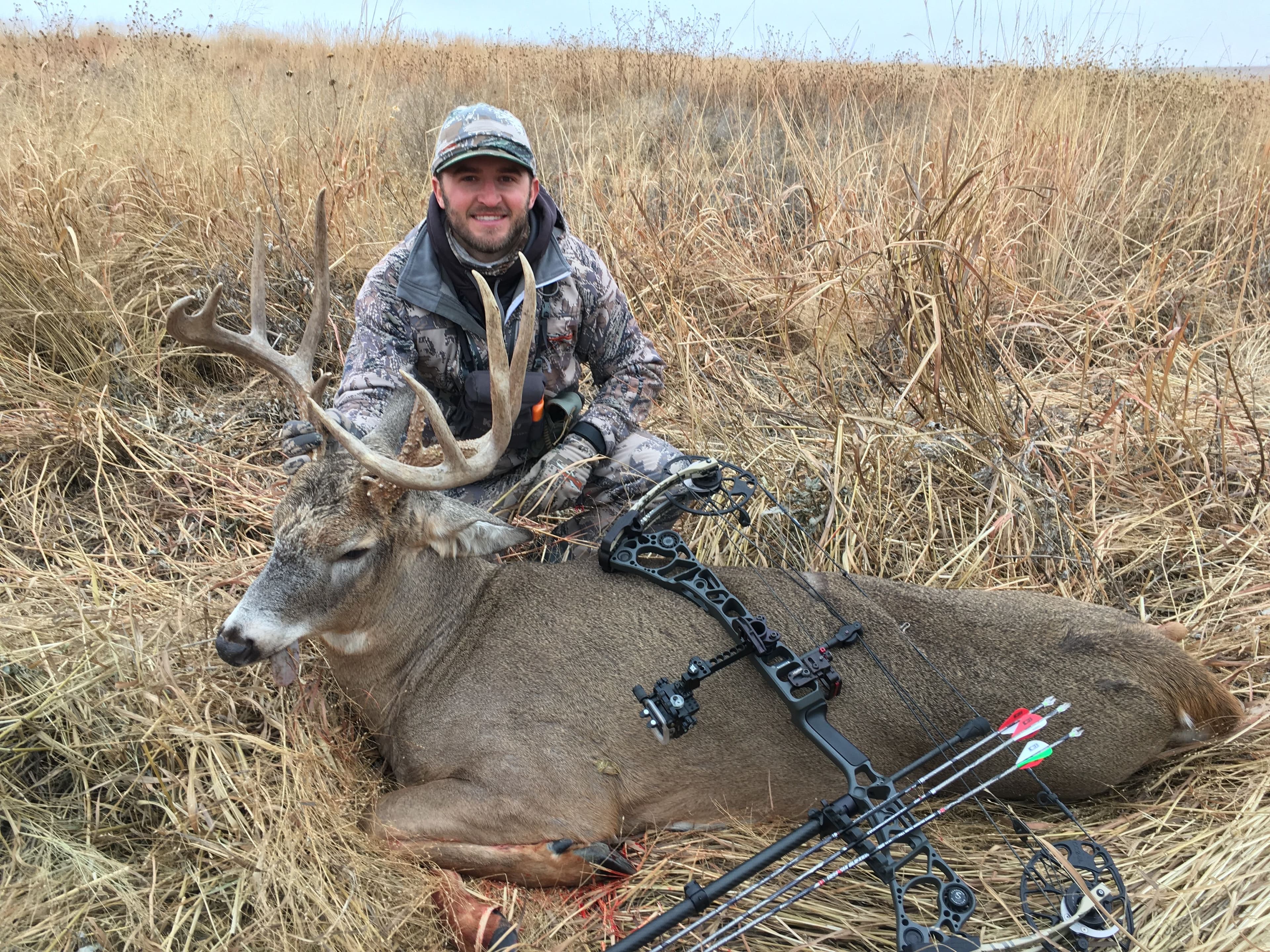Top 7 Mistakes Hunters Make in November—and How to Avoid Them


Justin Hunold
yesterday at 7:33 PM
November can be a gold mine of hunting opportunity—the rut peaks, bucks are moving, and the pressure is on. But it’s also when small errors become costly. From picking the wrong tract to being in the wrong stand at the wrong time, I’ve seen paid-access hunters leave big potential on the table.
This post walks through the top seven mistakes hunters make in November—and how you, as an Infinite Outdoors member, can dodge them. Whether you’re planning a three-day rutcation or a weeklong grind, this intel will help you hunt smarter, not harder.

Mistake 1: Hunting the Wrong Property at the Right Time
You booked your vacation. The rut is just starting to fire. But the property you chose looks better on paper than in practice.
Too often, hunters select a tract because it “looks good”—planted food plot, tree cover, or some deer sign from October. But if it doesn’t hold does or sit in the right part of the landscape, it won’t produce during peak rut.
In November, bucks are searching. They follow where the does are—not where the food used to be.
Use Infinite Outdoors' mapping overlays to evaluate:
- Bedding thickets that provide sanctuary for does
- Terrain diversity that encourages edge travel and movement
- Travel corridors that connect known bedding areas to potential food
- Buffer zones from neighboring pressure (especially on smaller tracts)
When in doubt, choose properties near multi-directional habitat—swamp to CRP, timber to crops, or ridge to funnel. The more connected a parcel is, the more likely it will be part of a buck’s rut loop.
Mistake 2: Misjudging Rut Timing by Region
You can’t hunt the rut by the calendar.
Bucks don’t read dates, and while most whitetail hunters circle November 7–14, the actual peak rut varies by latitude, herd genetics, and local climate.
Hunting November 5 in Kansas might catch pre-rut. That same date in Alabama is weeks too early.
Before locking in your rutcation:
- Check state rut forecasts from biologists
- Ask local hunters or landowners through Infinite Outdoors
- Review trail cam data (especially from past Novembers)
Pro Tip: Don’t just match your time off to rut hype—book a property in sync with that region’s historical peak. You’ll see more movement, more daylight action, and fewer all-day sits with empty woods.
Mistake 3: Assuming Food = Funnel
It’s easy to look at a standing corn field and think, that’s where they’ll be.
But by mid-November, food plays second fiddle to breeding. Does often abandon field edges to avoid bucks. And where the does go, the bucks follow.
If your rut strategy revolves around ag food alone, you're likely watching empty trails.
Instead, focus on the terrain between bedding areas. Bucks cruise these corridors, scent-checking and searching:
- Ridge saddles and benches
- Creek crossings
- Inside corners of cover
Use aerial and topo layers to find subtle routes bucks use to move through cover. They’re not advertising their presence—and they’re rarely in the wide open unless locked down.
Mistake 4: Overhunting the Same Stand
Confidence is good—until it becomes stubbornness.
You found a scrape. You saw a buck. So you go back. And back. And suddenly…nothing moves.
That’s the pressure factor at play. Deer can pattern you faster than you can pattern them. If you’re hunting the same stand with the same wind over and over, you’re burning your opportunity.
Here’s the fix:
- Have multiple stand locations pre-scouted for different winds
- Use Infinite Outdoors’ parcel variety to rotate between tracts
- Set up based on today’s sign, not yesterday’s encounter
Think like a buck: mobile, cautious, and always adjusting. That’s how you stay in the game.

Mistake 5: Ignoring the Wind (and Thermals)
“I’m only here three days” is not a permission slip to ignore the wind.
It’s tempting to risk a sit when you’ve traveled far or burned vacation time. But in November, one bad sit can blow the whole property.
Smart hunters build flexibility into their plan:
- Use wind overlays on Infinite Outdoors to plan your sits
- Learn morning thermals (sinking air) vs evening thermals (rising air)
- Identify low-impact routes that won’t send scent into bedding
If you don’t have a good wind for a setup, don’t force it. Sit back and glass. Scout a secondary spot. Wait for the right conditions. It pays off.
Mistake 6: Not Scouting On Arrival
Digital tools are powerful—but they can’t replace fresh sign.
You should always verify what the map told you. Are the scrapes fresh? Are the trails active? Are rubs popping in the right spots?
On arrival:
- Walk entry routes checking for new tracks and trails
- Glass fields at dawn/dusk before committing to a spot
- Drop a trail cam on high-traffic crossings to confirm direction
A 30-minute speed-scouting loop can give you intel that turns a dead sit into a kill.
And if the sign isn’t where you thought it’d be—don’t panic. Use it as a clue to shift and adapt.
Mistake 7: Failing to Adjust After Day 1
This one’s brutal. You had a plan. You executed. And it didn’t work. Now what?
The worst thing you can do is stay put out of pride. Bucks move based on pressure, weather, wind, and doe activity—all of which shift daily.
If you’re not seeing what you expected:
- Check a different funnel
- Hunt further off bedding
- Look for less obvious terrain (bottoms, inside corners, overlooked spots)
November is the best month to make aggressive changes. Don’t waste it sitting cold sign out of habit.
Stay mobile. Stay honest. Stay alert. That’s how rut hunters tag bucks.
Is November Better Than October?
Not always. It depends on where you’re hunting and how the season is progressing. November offers the highest potential for daylight buck movement, but with that comes higher pressure, colder temps, and more unpredictable weather.
Early November in some states may still resemble late October patterns—scrapes, pre-rut cruising, and staging. Meanwhile, November 10–20 is often full-blown rut in many regions, with bucks abandoning food and covering ground.
If you catch it right, the reward is higher. If you miss the window or hunt a pressured property, it can feel like a ghost town. The key is flexibility and matching your hunt dates to regional peak behavior.
Are These Mistakes Avoidable?
Yes—every one of them. Most November hunting mistakes come from mindset issues: assuming deer will behave a certain way, refusing to adapt, or hunting emotionally instead of strategically.
Infinite Outdoors helps eliminate many of these errors by giving you access to lightly pressured ground, map-based planning tools, and insight into available properties that suit different conditions.
It’s not just about having a spot. It’s about choosing the right spot at the right time—and knowing how to hunt it.
What’s the #1 Mistake?
Thinking food equals movement. During November, food sources take a backseat to does.
Most mature bucks aren’t showing up in food plots unless they’re chasing or tending a doe. If you park near beans or corn expecting bucks to pile in like October, you’ll be disappointed.
Instead, focus on:
- Terrain funnels between bedding
- Downwind sides of doe bedding
- Hidden benches and saddles
Use your mapping tools to find those less-obvious routes bucks travel while scent-checking. That’s where the rut action happens.

Does Property Access Really Matter?
Absolutely—and more than most realize. Bucks might still move during daylight, but how and where they move depends heavily on human pressure.
Hunting a parcel with minimal pressure gives you the edge—longer sits without busting deer, fresher sign, and better response to calling.
Infinite Outdoors' private land access program is built for this. You’re not competing with dozens of public land hunters or the guy who’s hunted the same stand 20 times since September. That difference shows up fast during the rut.
Do Gear Mistakes Count?
Yes—but they’re usually not as critical as behavioral mistakes.
You can forget a neck gaiter and still kill a buck. But if you sit a bad wind or refuse to move off cold sign, your odds plummet.
That said, gear does matter. Stay warm, stay dry, and stay focused. Wear layers you can sit still in for hours. Bring backup gloves. Little comforts keep you alert when the action starts.
Final Thought
November can make or break your season. But only if you hunt it right.
Avoid these mistakes, use your Infinite Outdoors tools, and treat every sit like your best shot. Because it might be.